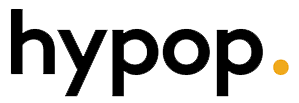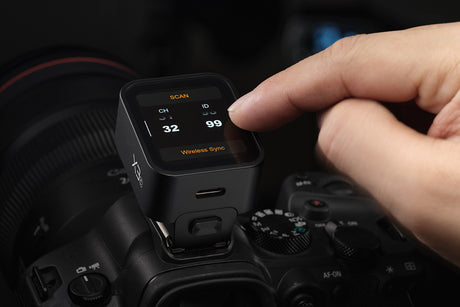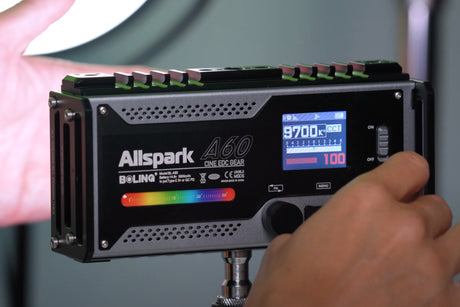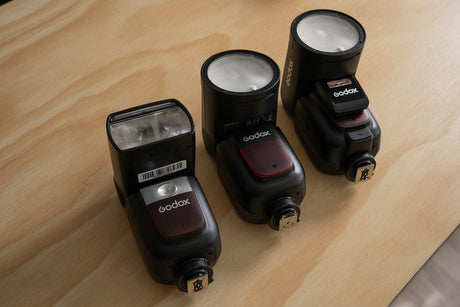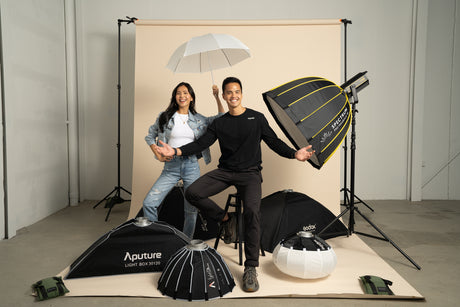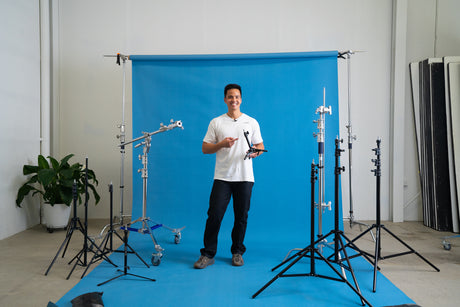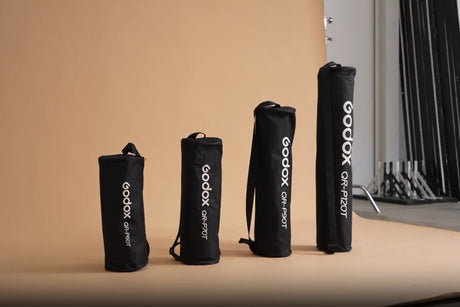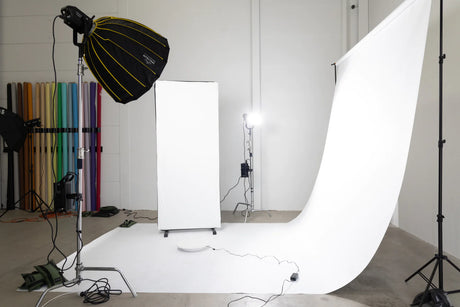What makes a good picture? Ask ten different people and you’ll get ten different answers, but there are some common factors that help to make an image good. In this article, we’re going to learn how to take good pictures, and show you some of the ways you can improve your photography.
1. Make Sure Your Camera and Lenses are Clean
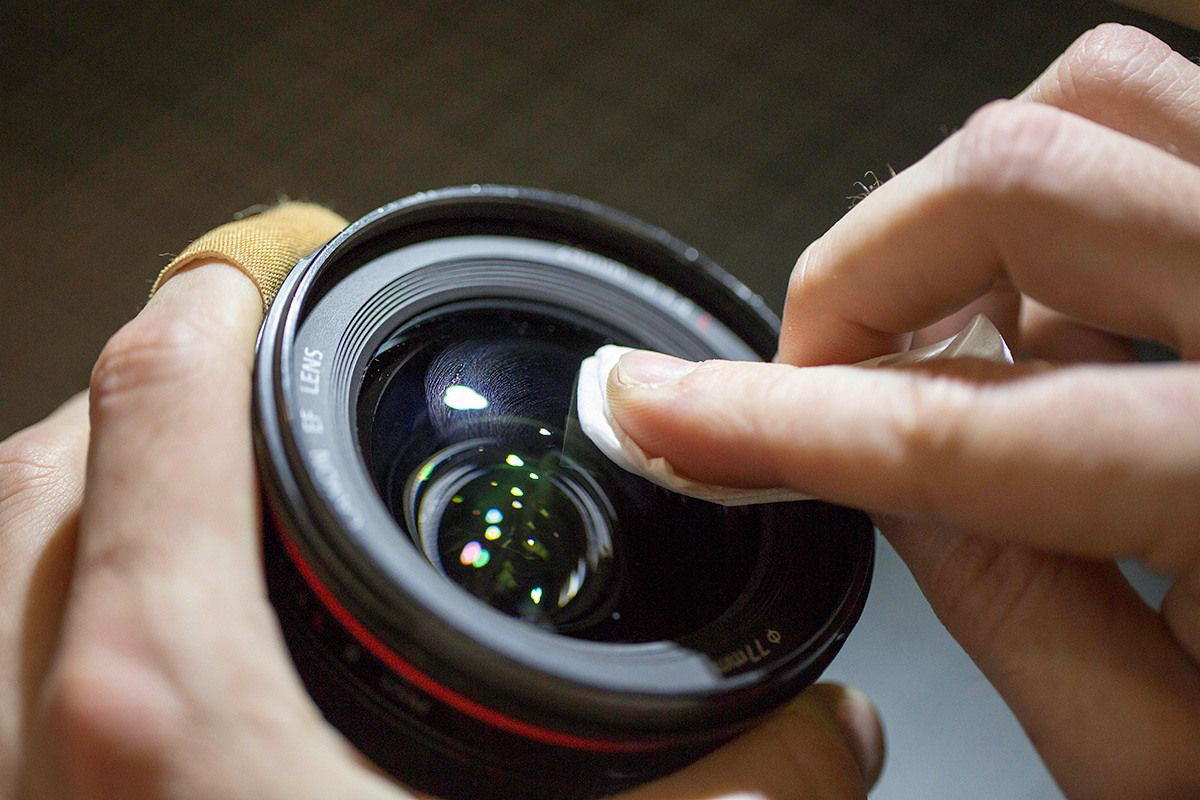
Simple, right? Maybe, but you’d perhaps be surprised at the amount of people who go out and expect to get good shots with dusty sensors and smeary lenses!
Looking after your camera gear should be a priority – after all, we know that good gear doesn’t come cheap, and careful maintenance can help your equipment to last longer. It can also help save time in post-processing, as you won’t have to constantly chase down those dust spots and marks to remove them from each and every image you work on.
As cameras and lenses are delicate bits of kit, a proper camera cleaning kit is a must – imagine what would happen if you just put some furniture polish on any old cloth and tried to clean your lenses!
A good kit to use is the 3-in-1 Camera Photography Cleaning Kit. This nifty and budget-friendly little kit contains a dust blower, a lens-friendly cloth and a brush. It will help you get into the habit of cleaning your lenses after every shoot, so that they’re ready to go next time you need them.
2. Use a Tripod
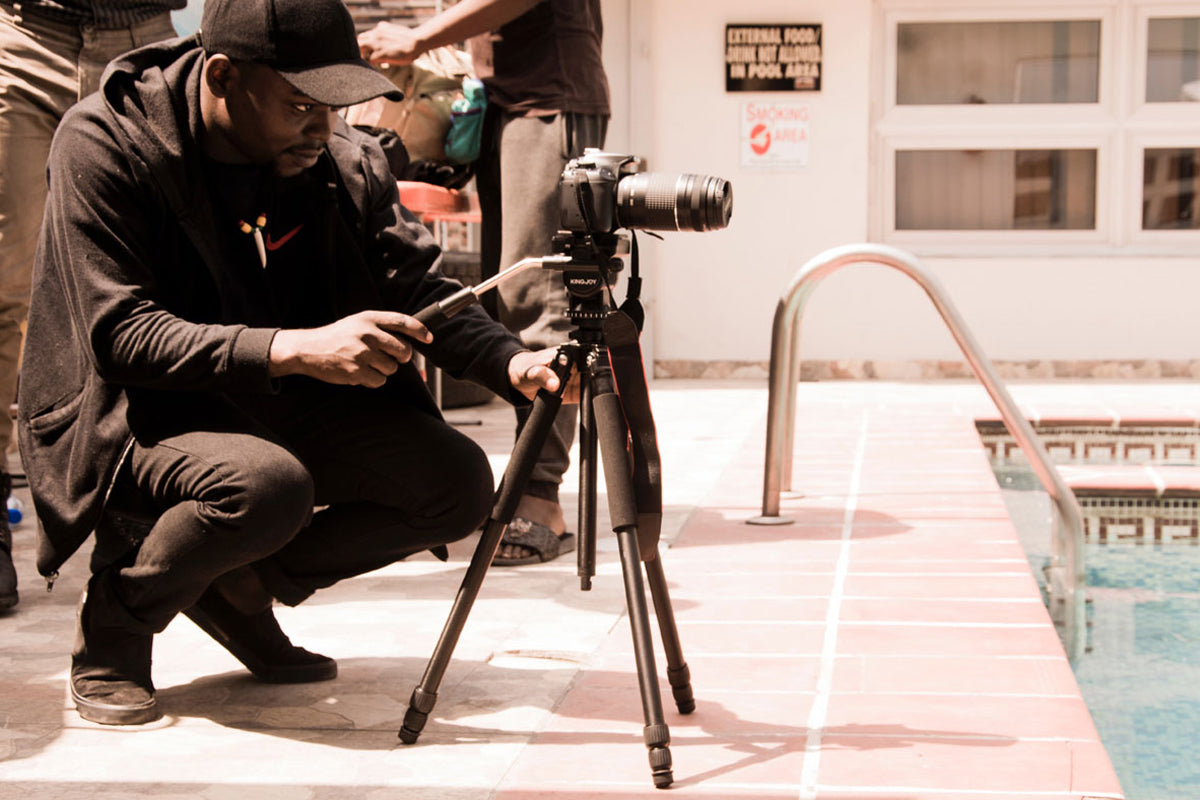
Yes, I’m sure you’ve heard this a million times already, but it really does make a difference to the sharpness of your image.
I’ve always preferred hand-holding my camera, simply because I like to move around a lot when shooting, but even I have had to admit that a tripod will always give a sharper image, even at high shutter speeds.
One of the drawbacks of tripods is their general awkwardness and lack of portability, but if you use a portable tripod like the Joby Gorillapod DSLR 5K Kit with Ballhead, you will always be ready for the money shot. This tripod is flexible, and can be wrapped around whatever is to hand, such as a tree branch or a pole, so is great for shooting outdoors. It can also be used as a traditional standing tripod, and can take up to 5kg of weight.
3. Don’t be Afraid to Break the Rules
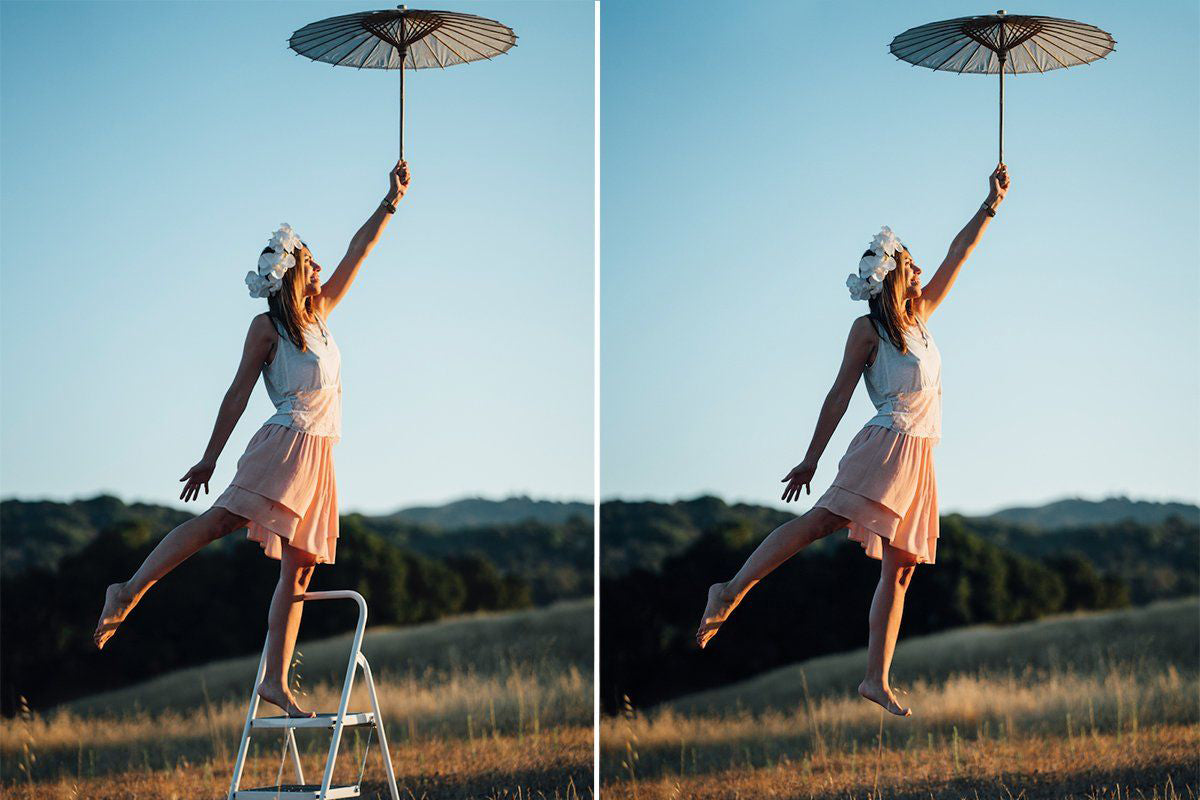
Depending on what your specialism in photography is, you’re no doubt on your way to learn how to take good pictures by sticking to the rules of composition, such as using the rule of thirds or leading lines.
Yes, that’s great and works well, but don’t get caught up in thinking that following the compositional rules is the only way to bag a good image. Have a look on the internet at images you really like, and ask yourself why you like them so much. Do they follow the rules, or do they bend or break them? Shake yourself out of a rut by trying some experimental photography – you never know, you could create a unique style that becomes the next big thing.
4. Get a New Perspective
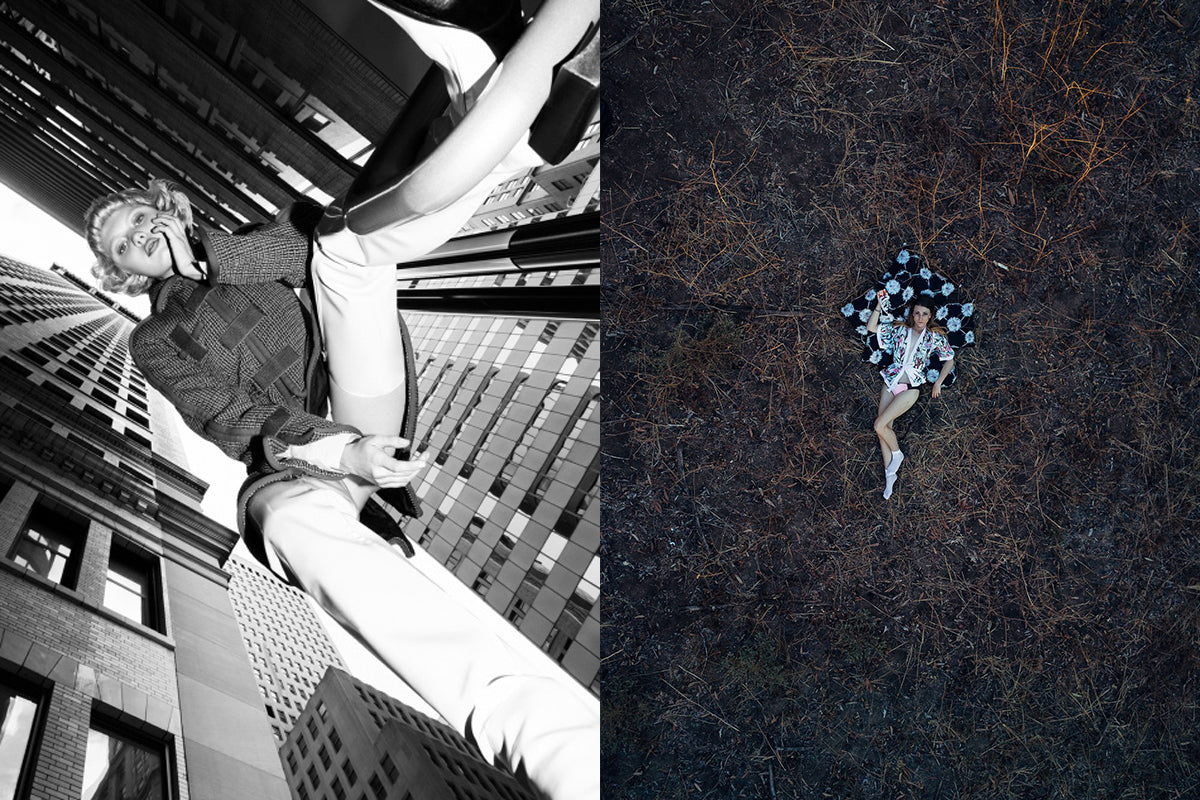
As photographers, we often get so used to shooting one way that it becomes second nature. If you’re a food photographer, do you always shoot your images looking straight down onto the food? If you’re a portrait photographer, do you always shoot standing up? Change things up a bit and try a new way of shooting. Even a small adjustment in your angles can make a big difference, and give you a fresh way of seeing.
5. Learn How to Take Good Pictures Using the Histogram
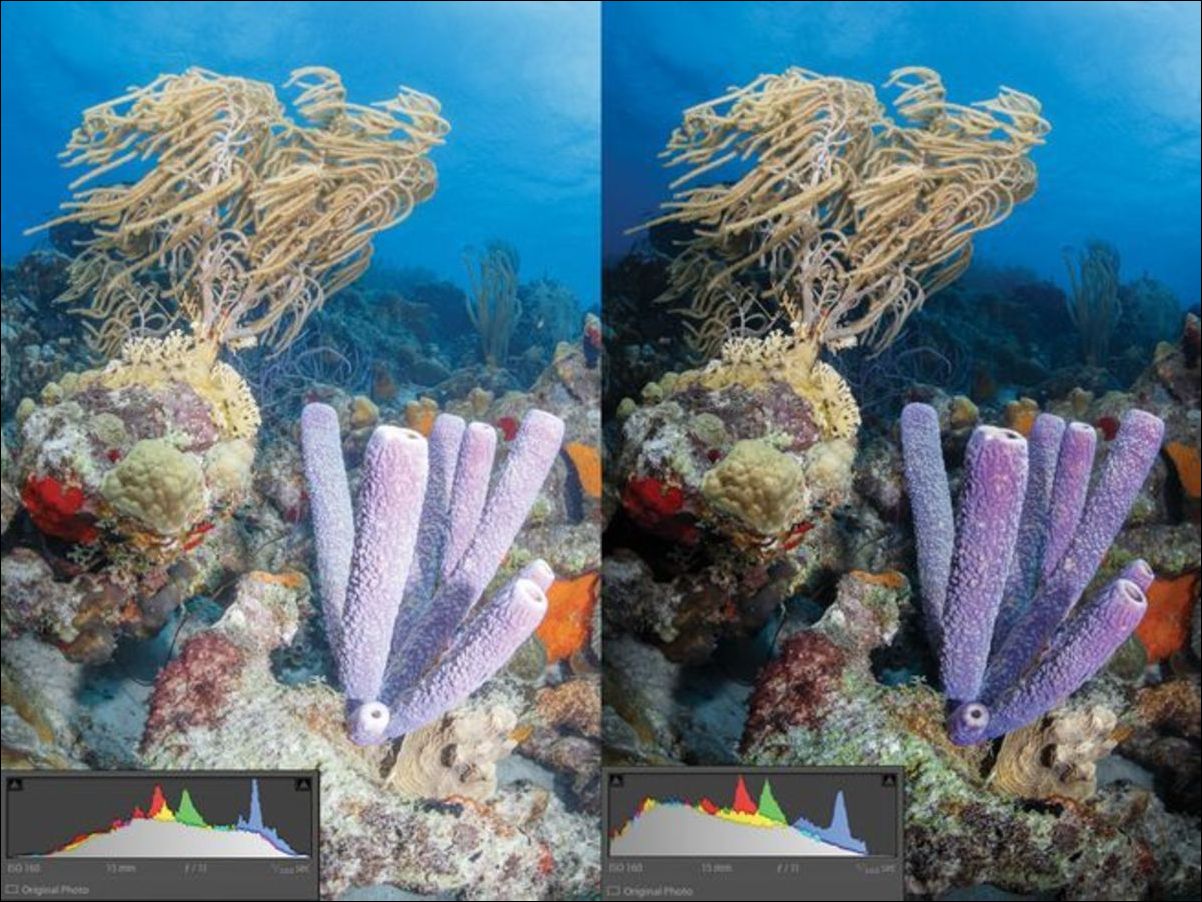
Ah yes, the dreaded histogram! Are you one of those photographers who always checks the histogram on their camera backs when shooting, or do you just look at the display on the LCD screen to rely on your having correct exposure? (I have to admit here that I’m one of the latter kind, but am gradually making myself take notice of the histogram more).
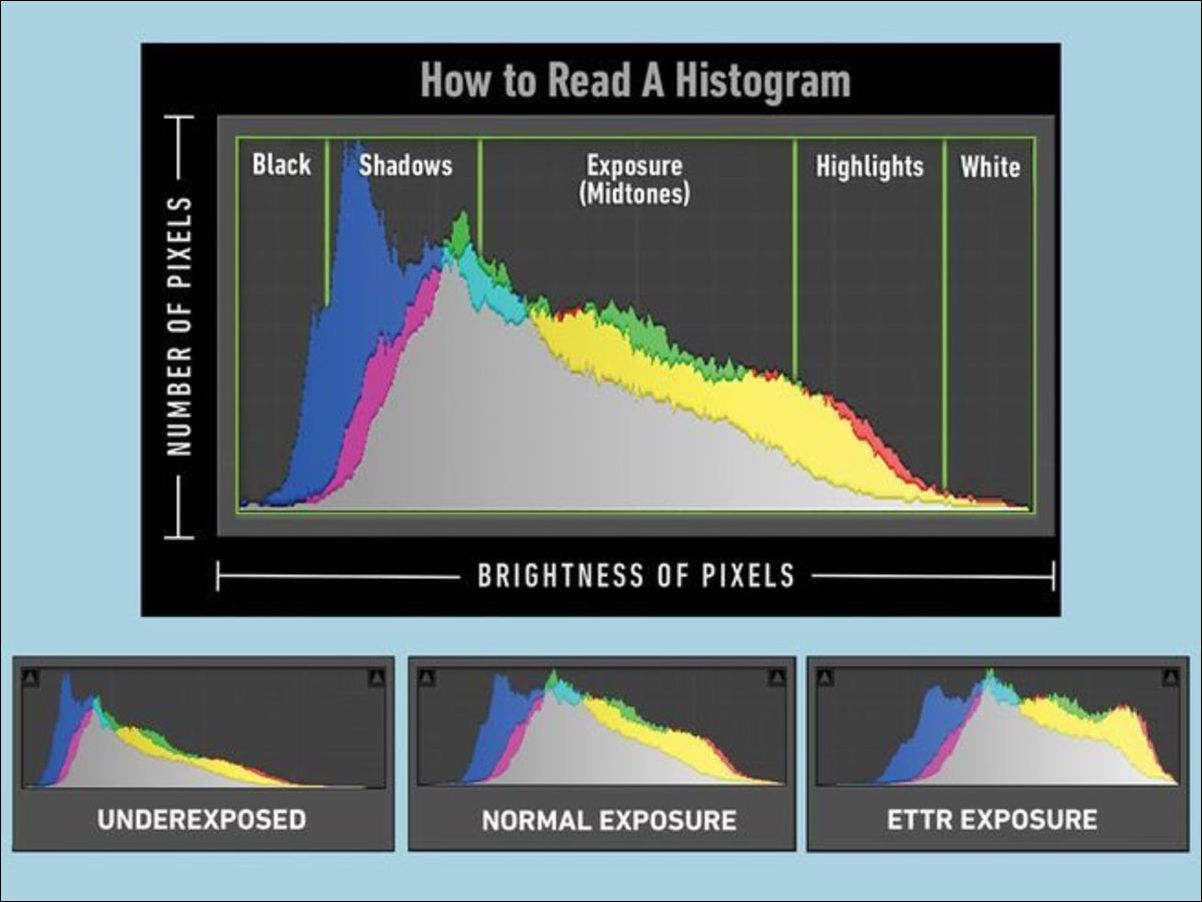
Camera LCD’s are really quite bad at showing an accurate representation of what your photo looks like, while histograms are a mathematical representation of exposure (thus they are far more accurate).
The ideal histogram is one in which most of the pixels are away from either the extreme black or white values, and it is far easier to judge your exposure this way than looking at an LCD screen in sunshine or other bad lighting conditions.
6. Use UV Filters
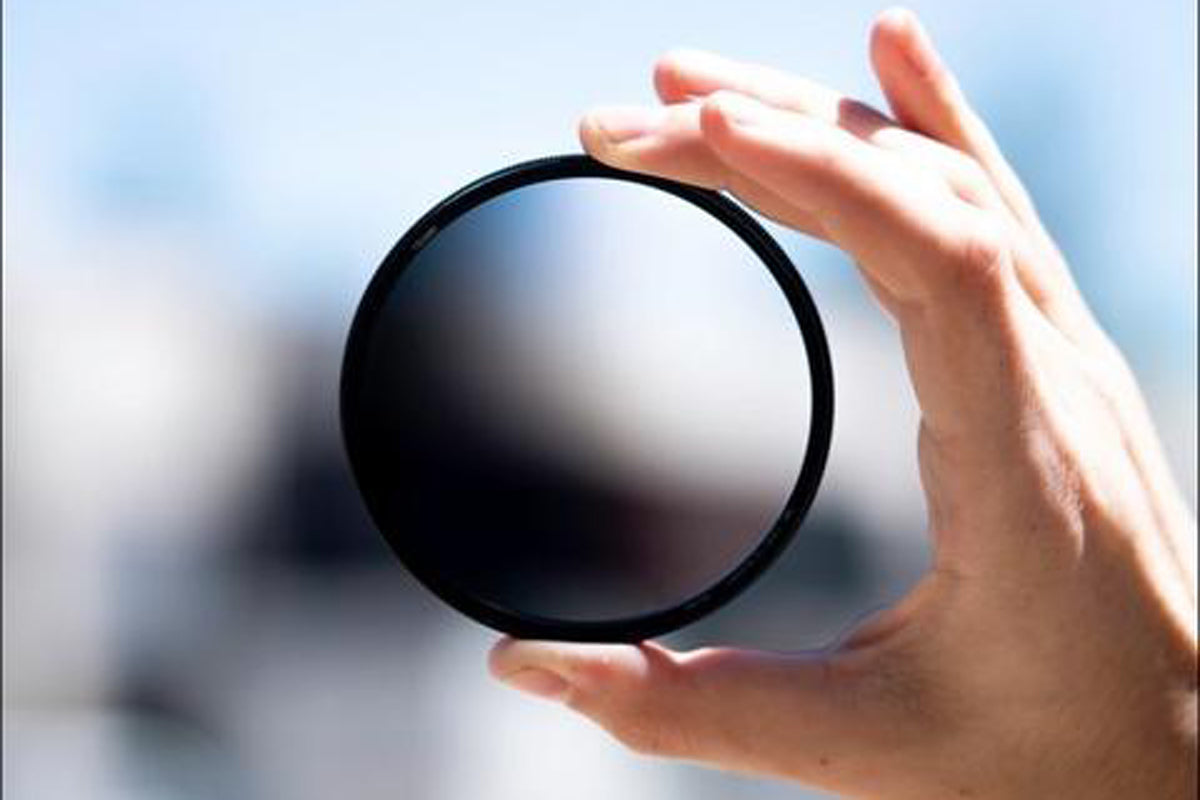
You may be wondering what UV filters have to do with learning how to take good pictures, but without them you may end up with a damaged lens and no picture at all!
UV filters are clear, and will help protect the delicate glass in your lens from scratches and can help protect your lens if it’s dropped. A UV filter like the Nisi 77mm SMC UV Filter can also protect your lens from sun damage, which is an issue in hotter climes. This filter currently has the thinnest frame in the world at only 5.2mm thick, so it helps to cut down the risk of vignetting on your images.
7. Use the Metering Modes to Your Advantage
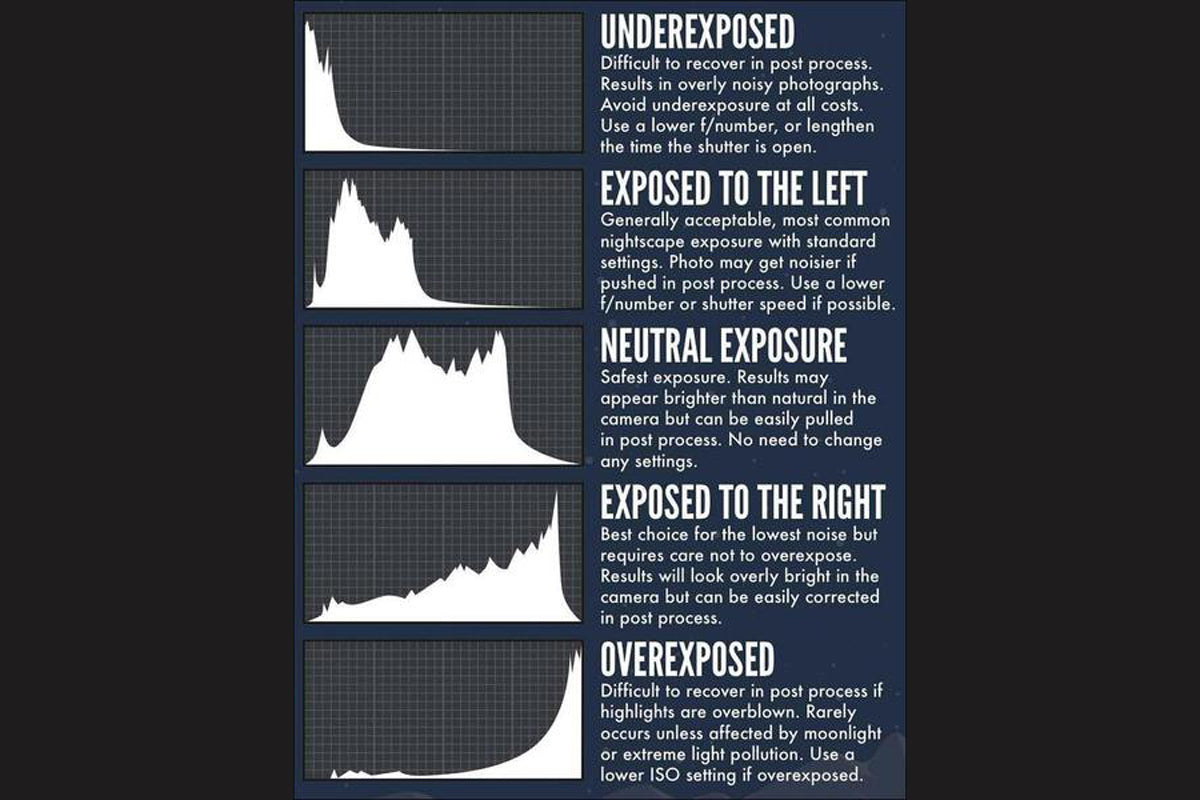
Have you explored the different ways the metering modes can help you to take better pictures? DSLR’s are set by default to Evaluative/Matrix metering, but it’s not always the best mode to be in, depending on the lighting circumstances. Evaluative metering can make your subjects underexposed when there is a strong backlight, so the best choice here would be Spot or Partial metering modes to ensure the subject is bright, despite the backlight.
Centre-Weighted Average metering mode is probably the least used of them all. It is a combination of Evaluative and Spot metering, and gives priority to the centre portion of your frame, so all subjects must be dead centre to get the best out of this mode.
8. Use Image Editing Software Wisely

Source: Ian Norman / lonelyspeck.com
Unless you’re a fine-art purist who doesn’t believe in enhancing images, using good image editing software is a must to give your images that final bit of professional polish. You don’t have to create complex composites or elaborate masks, and often a light touch in processing is better than a lot of different manipulations. Use batch processing to speed up your workflow too.
LUT’s can give your images a whole different look in a fraction of the time, and you can import LUT’s into most imaging software. You can find lots of LUT’s on the internet, some of them free. One caveat – your images must already have their basic adjustments done before you apply the LUT – think of it as a final touch before sharpening and exporting.
9. Learn to Use Light in Different Ways
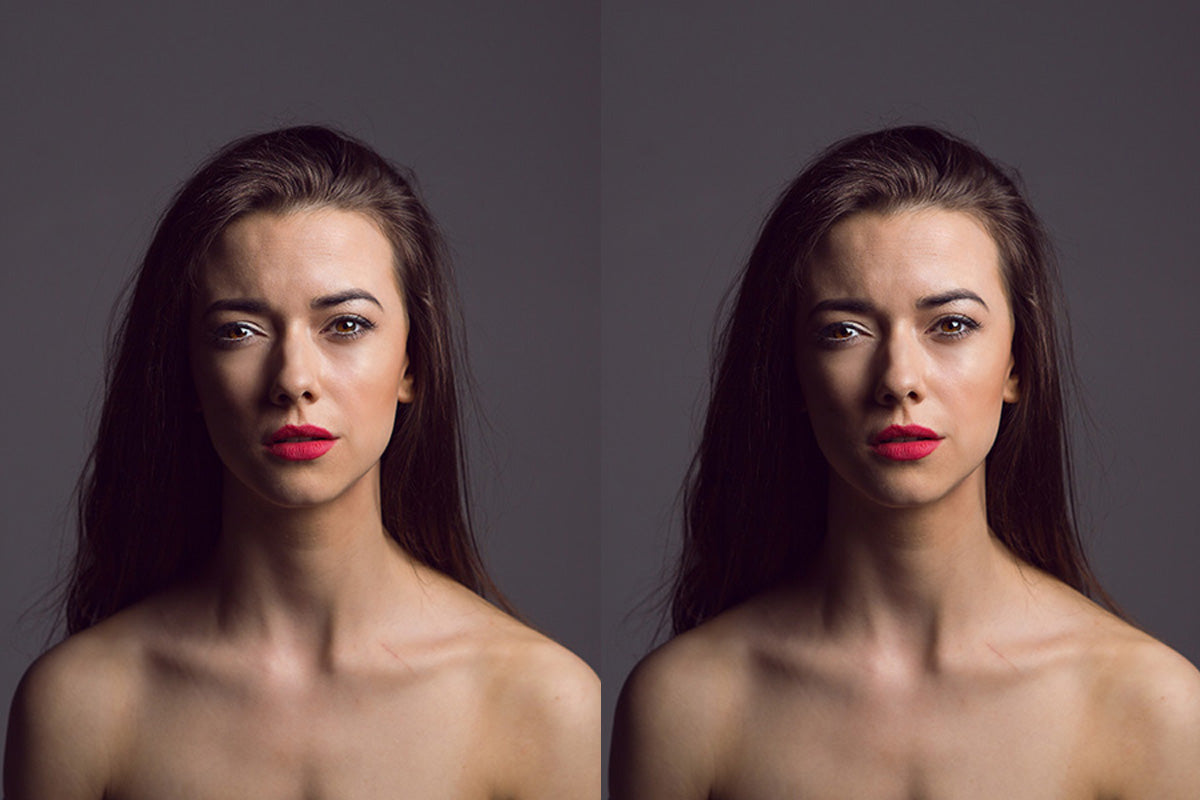
Maybe you only use natural light, or perhaps a certain light modifier with studio flash all the time. It will pay you to learn how to bend and shape light in other ways in order to keep your images looking fresh and on-trend.
10. Don’t Pay Too Much Attention to What Others are Doing

Having mentioned keeping your images on-trend, I must now say that if you really don’t like the current trends in photography or lighting, you don’t have to follow them. If you light or shoot in a style you dislike, your images will suffer for it. It’s best to trust your own judgement on this, and don’t spend a lot of time looking at what everyone else is doing. It’s better to be a trend-setter than a follower, after all!
Final Thoughts
I hope that this article has helped you learn how to take good pictures, and perhaps given food for thought, as it’s not the conventional ‘how to’ tips. Happy shooting.
